The Value of Peer Learning for Radiologists Across the Globe
Experts explored important peer learning concepts and strategies for success
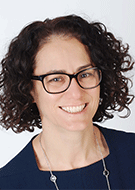
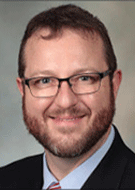
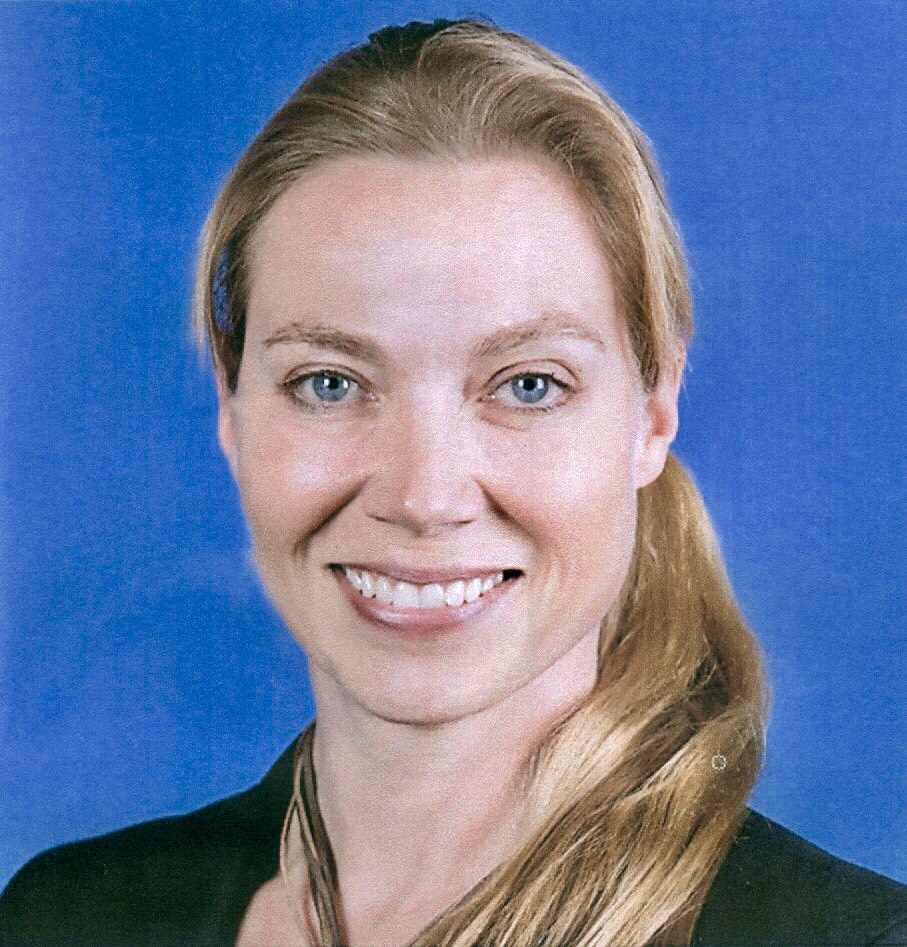
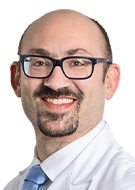
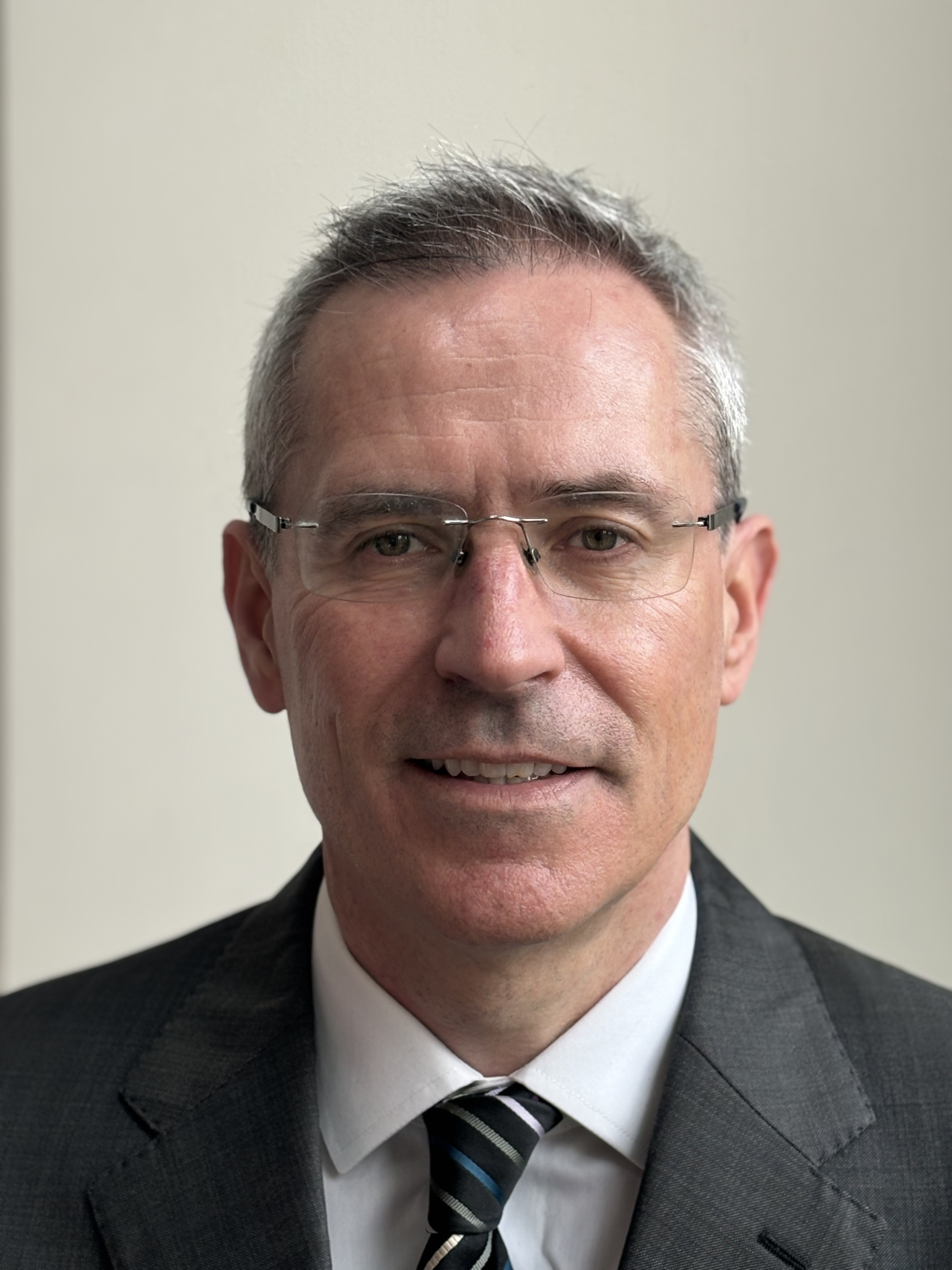
Peer learning is a judgement-free way for radiologists to enhance their knowledge, according to Jennifer C. Broder, MD, vice chair of radiology quality and safety at Lahey Hospital & Medical Center in Burlington, MA.
Dr. Broder moderated a session on peer learning at RSNA 2024. The session was co-sponsored by the American College of Radiology (ACR) Peer Learning Committee and the RSNA Quality
Improvement Committee, and brought together experts from the United States, Canada, Switzerland and the United Kingdom who have helped implement and guide peer learning processes at their respective institutions.
“In peer learning, a radiologist voluntarily submits a case to a peer learning leader, who considers whether there’s an opportunity for learning, both by the individual and by the group,” Dr. Broder said. “If such an opportunity exists, the leader submits feedback and prepares a conference or other teaching methodology.”
Rather than fostering the culture of “blame and shame” often associated with traditional peer review, peer learning keeps cases anonymous. It focuses on individual and group learning and seeking opportunities for systems improvement, according to Dr. Broder.
Peer Learning in the United States
Peer learning has been broadly adopted by radiology practices in the U.S., according to Richard Sharpe, MD, MBA, who serves as chair of the American College of Radiology’s (ACR) Peer Learning Committee.
Dr. Sharpe is an associate professor of radiology at the Mayo Clinic Alix School of Medicine. He also serves as the enterprise chair of breast imaging and intervention at the Mayo Clinic and division chair of breast imaging and intervention at the Mayo Clinic in Phoenix.
He noted that over a thousand ACR members responded to a recent survey and 53% of them said they currently use peer learning. Respondents indicated that cases are commonly submitted via email or embedded workflows.
“The bulk of case types that get submitted are discrepant cases, good calls and cases that are valuable for discussion,” Dr. Sharpe said.
Conferences can be conducted in person or virtually and are held on a regularly scheduled basis. Radiologists must manage some implementation challenges, such as the limited availability of software options for facilitating peer learning. Dr. Sharpe encouraged institutions to work with information technology vendors to implement complete solutions for case submission, conference curation and presentations, and recordkeeping.
A Canadian Perspective
Ania Keilar, MD, FRCPC, is vice chair at large in the Department of Medical Imaging at the University of Toronto. In her role as president of the Canadian Association of Radiologists, she helped create peer learning guidelines for institutions in her country. Guideline goals include:
• Facilitating a just culture
• Identifying opportunities for continued learning
• Fostering group learning and education
• Creating lasting improvements to patient care
“At the University of Toronto, all radiologists submit one to two cases per month to the system,” she said, noting that submissions are anonymized. There are peer learning rounds three to four times a year, and a yearly presentation by each subspeciality.
Among the 36 members of Dr. Keilar’s division, the participation level ranges from 67% to 93% per month.
“We did an internal survey that found that more than 80% of radiologists are thrilled with peer learning,” she said.
Peer Learning in Switzerland
Benoît Rizk, MD, CMO, a radiologist at a private practice with more than 60 radiologists in Switzerland, put peer learning into motion at his practice in 2020.
“We decided to implement a onehour online meeting at noon every two months, with each radiologist contributing at least one case per year, and attending at least 50% of the sessions every year,” he said.
The practice members created a template that includes opening slides, as well as slides for the case presentation and discussion. After each session, the radiologists can submit feedback via a
provided form.
Strong leadership is an essential part of making a peer learning program work, Dr. Rizk asserted, noting that it’s crucial to empower your team members and communicate with them.
Peer Learning with REALMS in the United Kingdom
Peer learning has long been employed in the U.K., according to Jonathan Smith, MD, MBChB, MRCP, FRCR, a radiologist at the Leeds Teaching Hospitals NHS Trust, one of the U.K.’s largest hospital trusts.
Dr. Smith, whose department convenes monthly peer learning meetings, noted that 97% of hospitals in the U.K. hold Radiology Events and Learning Meetings, known as REALMs. During these meetings, radiologists discuss anonymized cases in a respectful manner. Learning points are summarized and disseminated following the meetings.
In addition, the Royal College of Radiologists (RCR) holds an annual Radiology Events and Learning (REAL) meeting to enable clinicians to connect with and learn from colleagues from throughout the U.K.
The RCR also publishes a newsletter four times per year that provides reallife examples of errors, discrepancies and what Dr. Smith called “good spots,” as well as targeted teaching on topics radiologists commonly encounter.
Dr. Smith gave several tips for making peer learning effective, including keeping cases anonymous and framing peer learning as a learning opportunity. He also urged his fellow radiologists to remember that “good spots” offer the same learning opportunities as discrepancies.
For More Information
- Access the Journal of the American College of Radiology article at jacr.org.
- Access the Canadian Association of Radiologists Journal article at journals.sagepub.com/home/caj.
- Access the Journal of Medical Imaging and Radiation Oncology article at onlinelibrary.wiley.com/journal/17549485.